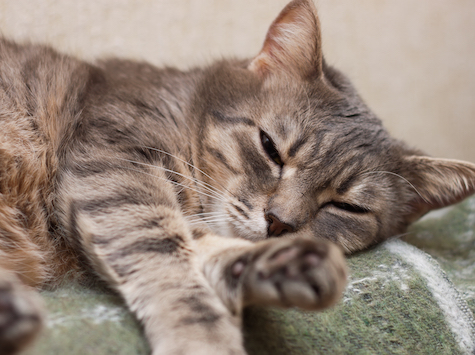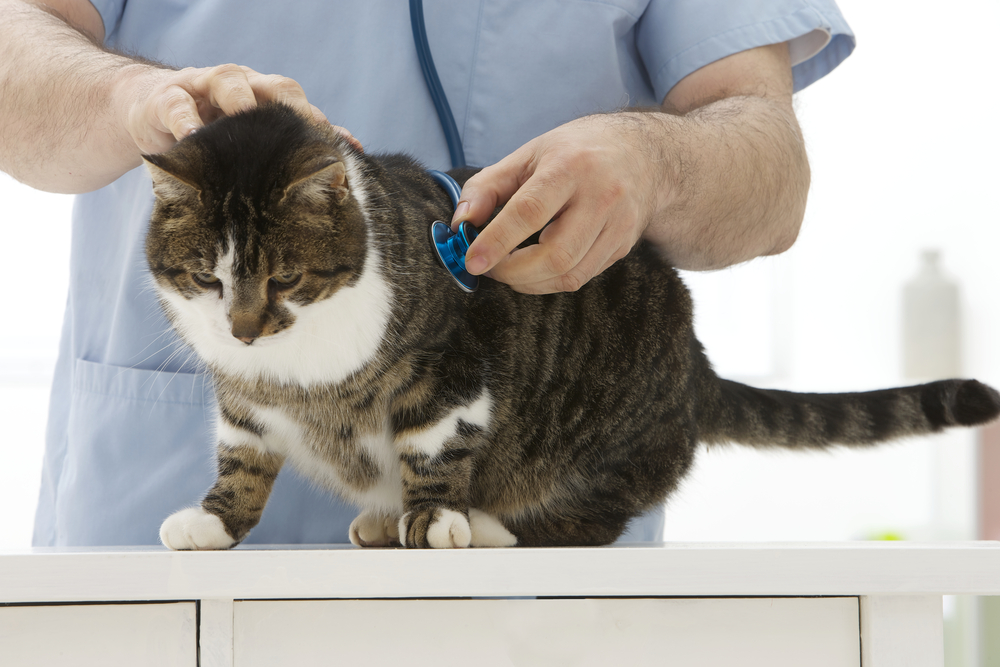
Does the gender of your new kitty really matter? Well, that all depends on your living situation and your preferences, but both are certainly worthwhile to keep as a pet. And of course it is only one small part of their personality, but still - it does predisposes them to certain behaviours, quirks and way of life.
 Tom cats are big, strong, often laid-back - at least with people - and not as fussy as queens, in general. People tend love them for their ‘love bug quality’. As big and strong as they are, they tend to have a baby-like quality to them once neutered and many enjoy a good belly-rub and lots of cuddles in their daily diet. More laid-back and less finicky than queens, they tend to take life as it comes, and are less prone to moodiness.
Tom cats are big, strong, often laid-back - at least with people - and not as fussy as queens, in general. People tend love them for their ‘love bug quality’. As big and strong as they are, they tend to have a baby-like quality to them once neutered and many enjoy a good belly-rub and lots of cuddles in their daily diet. More laid-back and less finicky than queens, they tend to take life as it comes, and are less prone to moodiness.
However, they tend to solve problems by throwing their weight at it - literally - as it tends to solve most of them. They often are less careful, appear less intelligent and can come across as a bully due to this tendency. Running into the same wall 5 times isn’t beyond them. Meanwhile a queen will look at them running into the wall and just walk around it. Similarly, their appearance is usually also not as meticulously maintained as their female counterparts as they tend to be more laid-back about these things as well.
Tom cats will cost you less to be neutered, but they might cost you more in cuts and bruises as they are more likely to fight turf wars - especially when not neutered. Potential abscesses are part of the package deal, especially if he is an outdoor kitty. Meanwhile, the indoor variant is going to be even more at risk for bladder crystals, kidney stones and urinary tract infections. Outdoor tom cats that do not get neutered are significantly more at risk for Feline Leukaemia and FIV, two deadly sleeper cat viruses that are often contracted through fighting and mating.
Meanwhile, indoor intact tom cats will likely develop the need to escape and find females, as well as spraying to mark his territory and advertise his genes.The need for a lot of territory is typical for tom cats. Where a queen is usually happy with one room, a male can take up to 4 or even 5 rooms for himself - making turf wars in a multiple-cat household a likelihood. They are also more prone to spraying in an effort to mark their territory, though this impulse can be curbed significantly by neutering in time - before he gets the urge to spray and the habit sets in - and having enough turf available in the first place. And intact tom cats will also start roaming pretty far from their home in search of fertile females once that time comes which can cause them to be away from home for several days to sometimes even weeks on end - with all the risks that entails.
 Queens are often loved for their elegance, flawless appearance and independence. They tend to come and go as they please and are generally more fussy about being picked up or cuddled when it wasn’t their idea. At the same time, they tend to be a little bit more subtle in their demands for attention, and the way they overcome obstacles on their path than tom cats, which lets them blend more into the background. They tend to be less into being babied than (neutered) tom cats but will definitely come and get their quota of snuggles.
Queens are often loved for their elegance, flawless appearance and independence. They tend to come and go as they please and are generally more fussy about being picked up or cuddled when it wasn’t their idea. At the same time, they tend to be a little bit more subtle in their demands for attention, and the way they overcome obstacles on their path than tom cats, which lets them blend more into the background. They tend to be less into being babied than (neutered) tom cats but will definitely come and get their quota of snuggles.Queens will set you back more than a tom cat when spayed as the surgery is more invasive. They'll are however a lot more cautious usually than tom cats so random trips to the vet tend to be less frequent. Queens can develop urinary tract infections as well, but tend to be less at risk than tom cats for crystals for some reason though being indoors, stressed and part of a multiple cat household increases the risks for these conditions. Outdoor, intact queens are going to come home with kittens about 3 times a year and are at risk for FIV and Feline Leukaemia, like their male counterparts.
Indoor intact queens will drive you batty by going into heat every 2 weeks from February to December, meowing all hours of the night, pushing their behind into your face and rolling around like a mad kitten on your carpet.
While less inclined to spray than tom cats, queens will do so if they feel threatened in their territory. Their territory usually is a lot smaller than that of a tom cat though, and they are less confrontational about it. Due to their more finicky nature, they’re more likely to decline peeing in a dirty litter tray, using your bed or other absorbent material instead. They also get more easily stressed when their routines are interrupted which in the long run can lead to incontinence, stress eating or grooming themselves to the point of going bald, to name just a few potential problem behaviours.
 Cats in the wild tend to stick to their own gender when living in a group. At 16 weeks, the male kittens are driven off whereas the female ones get to stay, provided there is enough food to go around. Male kittens will band together and settle down somewhere near a colony of females to be available for mating.
Cats in the wild tend to stick to their own gender when living in a group. At 16 weeks, the male kittens are driven off whereas the female ones get to stay, provided there is enough food to go around. Male kittens will band together and settle down somewhere near a colony of females to be available for mating.
This means that when building multi-cat households, there are a few things that do come into play:
While these rules aren’t black and white, they can help you address and sort out existing issues in your cat family or prevent some of these things of developing in the first place.
Ultimately, both genders are worth adopting. Keep in mind that the personality of your kitty will count more heavily than their gender and the general tendencies associated with it. Don’t let the gender of a cat stand in your way of adopting them - just be aware of the factors that might come into play so you don’t get blind sighted.
 Watery Eyes in Cats
Epiphora in Cats
Epiphora is a condition that cau
Watery Eyes in Cats
Epiphora in Cats
Epiphora is a condition that cau
 How to Treat Head Pressing in Cats
By Dr. Katy Nelson, DVM
If you’ve no
How to Treat Head Pressing in Cats
By Dr. Katy Nelson, DVM
If you’ve no
 Liver Inflammation (Chronic) in Cats
Chronic, Active Hepatitis in Cats
Long-term, ongo
Liver Inflammation (Chronic) in Cats
Chronic, Active Hepatitis in Cats
Long-term, ongo
 Corneal Inflammation (Nonulcerative Keratitis) in Cats
Nonulcerative Keratitis in Cats
Keratitis is the
Corneal Inflammation (Nonulcerative Keratitis) in Cats
Nonulcerative Keratitis in Cats
Keratitis is the
 Feline Herpesvirus 1 (FHV-1) Infection - Head Cold in Cats
Feline Rhinotracheitis Virus Infection (Coryza) in Cats
Feline Herpesvirus 1 (FHV-1) Infection - Head Cold in Cats
Feline Rhinotracheitis Virus Infection (Coryza) in Cats
Copyright © 2005-2016 Pet Information All Rights Reserved
Contact us: www162date@outlook.com